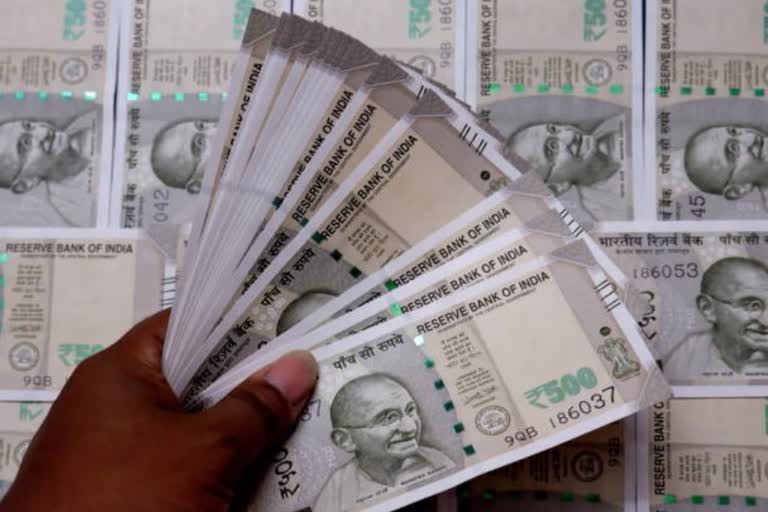Mumbai: The currency in circulation is higher in the months of March and April due to the rabi harvest and celebration of Hindu New Year festivals, while it declines in May to July coinciding with the monsoon season, a Reserve Bank paper said.
The paper, titled 'Modelling and Forecasting Currency Demand in India: A Heterodox Approach', has been authored by Janak Raj, Indranil Bhattacharyya, Samir Ranjan Behera, Joice John and Bhimappa Arjun Talwar, who are with the central bank.
"The increase in currency in circulation (CiC) in March and April can be attributed to the rabi harvest, rice and wheat procurement, marriage season and celebration of Hindu New Year festivals (Gudhi Padwa, Pongal, Baisakhi, Ugadi) across India," the paper said.
The decline in CiC during May, June and July roughly coincides with the monsoon season, it said.
The paper said it is expected that CiC would be higher during the festive season (October to December) compared with the other months.
Cumulatively, CiC increases by around 2.2 per cent during Diwali followed by Dussehra (1.1 per cent) and Eid (0.2 per cent), it showed.
The paper also said CiC increases by 0.2 per cent in each week (on average) during the period in which general elections are held.
Read more:Crackdown: Tax officials detect Rs 1,875 crore fraud by exporters
"CiC is expected to increase cumulatively by 1 per cent if the general election phase is held over a five-week period," it noted.
The impact of elections on currency is higher if there are national or bigger state elections and if the duration of the electoral process is longer, it added.
Demonetisation has resulted in a permanent downward shift in the trajectory of currency demand, it noted. In the absence of demonetisation, currency demand would have been higher than what it is, the paper said.
It also said interest rates have an inverse relationship with currency demand in the long run, which means higher the interest rates in the system, lower is the demand for currency and vice versa.
The paper said since digital transactions (especially credit and debit cards) have a dampening impact on currency demand, there is a need to sustain the current thrust on digital transactions if currency growth is to be further moderated.
(PTI Report)



